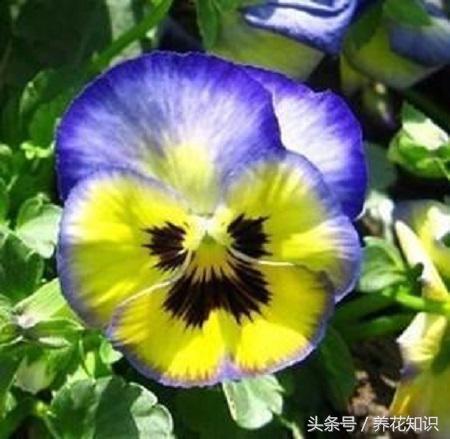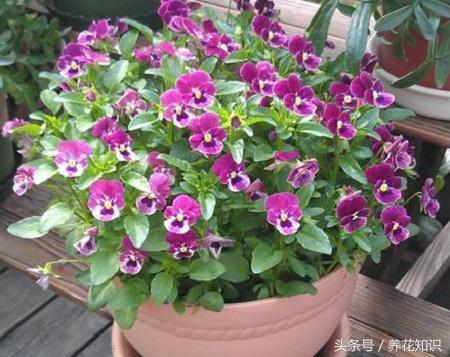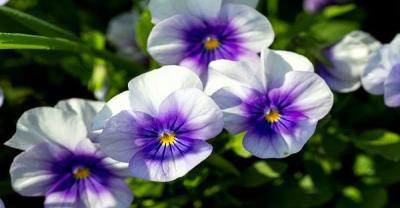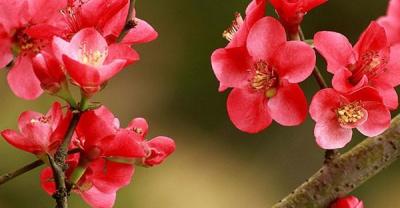Knowledge: culture methods and matters needing attention of Corydalis
Corydalis is a lovely, small flower. At first, it grew in northern Europe. For example, there are many beautiful Corydalis in Iceland, and Pyrenees in Spain is the hometown of Corydalis. The figure of Corydalis can be seen everywhere in the greening of the city. Corydalis is a very beautiful flower with a variety of colors and strange patterns. So how do we raise such beautiful flowers at home? let me give you a brief introduction.

I. on the culture methods of Corydalis
1. Light
The European light for the initial growth of Corydalis is not very much, so the horn pansy forms a characteristic that is less sensitive to light. But Corydalis still like the sun, usually give some more light Corydalis will grow more branches. It doesn't affect its growth in the dark.

two。 Soil
If the soil is acidic sandy soil with ph between 5.5 and 6.5, it needs to be well drained and has a lot of organic matter. When sowing, you can mix peat and pearl salt at 1:1. The soil should be kept moist.
3. Temperature
The origin of Corydalis determines its tolerance to severe cold and even mild frost. Corydalis in warm areas such as the south can survive the winter. Corydalis can not be raised in places where the temperature is too high, 10 to 15 degrees is the best temperature, more than 30 degrees can not grow normally.

4. Fertilizer application
After the young leaves of Corydalis seedlings grow, 50 to 75ppm nitrogen fertilizer can be used, and then gradually increase the concentration to 100ppm. It is also necessary to supplement potash fertilizer appropriately, and the ratio of the two is 1: 1.5. Trace element solution should also be sprayed to supplement Fe,Mg.
5. Pest control
Corydalis may be destroyed by aphids, red spiders, thrips and other pests. We should pay attention to the cleanliness of the cultivation environment and not plant in places where there are pests. There are common leaf ring disease, downy mildew and so on. Controlling soil ph can also reduce the probability of corydalis getting sick.

II. Matters needing attention in breeding Corydalis
If you encounter high temperature in the process of Corydalis breeding, you should cool down in time and put the plant in a ventilated place to prevent Corydalis from withering. Corydalis can't pour too much water, because it grows in a cool environment and gives off less water, so it doesn't need too much water. Pay attention to the preservation in the indoor, put in the outdoor Corydalis is difficult to have the best growth environment. Corydalis has relatively little demand for fertilizer, at least it will not burn fertilizer very much. The flowers raised at home should be fertilized. After watering them a little, Corydalis will grow up healthily and produce small flowers with wonderful colors.
- Prev

Culture methods and matters needing attention of rhododendron in Gaoyue
First, culture methods 1. Growth habits as this kind of flower is rich in higher elevations, it likes wetter environment, dry and hot weather is not.
- Next

Broiler breeding-- three hazards of poor ventilation and hypoxia
In henhouses with high breeding density, the chances of air infectious diseases increase, especially when the content of ammonia is high, respiratory diseases are often induced. The later stage management of broiler production should be.
Related
- On the eggshell is a badge full of pride. British Poultry Egg Market and Consumer observation
- British study: 72% of Britons are willing to buy native eggs raised by insects
- Guidelines for friendly egg production revised the increase of space in chicken sheds can not be forced to change feathers and lay eggs.
- Risk of delay in customs clearance Australia suspends lobster exports to China
- Pig semen-the Vector of virus Transmission (4)
- Pig semen-the Vector of virus Transmission (3)
- Five common causes of difficult control of classical swine fever in clinic and their countermeasures
- Foot-and-mouth disease is the most effective way to prevent it!
- PED is the number one killer of piglets and has to be guarded against in autumn and winter.
- What is "yellow fat pig"? Have you ever heard the pig collector talk about "yellow fat pig"?

